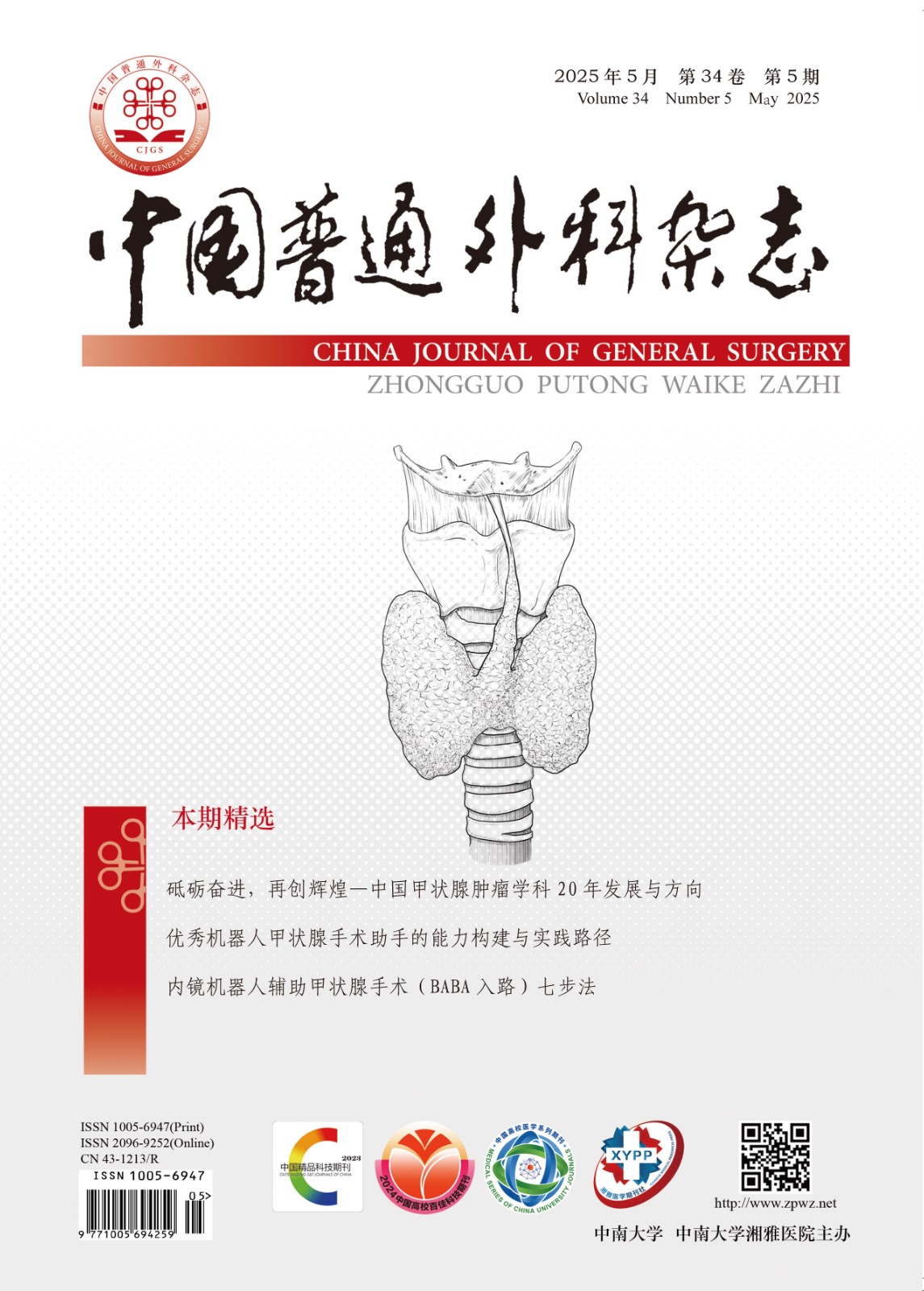Ethics Policies
CJGS requires that works involving in human beings should follow the Recommendations guiding physicians in biomedical research involving human subjects of the Declaration of Helsinki. The manuscript should contain a statement that the work has been approved by the ethical committees of institution(s) where the study was performed, if human participants were involved, manuscripts must be accompanied by a statement that the experiments were undertaken with the understanding and appropriate informed consent of each. Written consent must be obtained from the patient (legal guardian or executor, if appropriate) for publication of any detail or photograph that might identify an individual. Submit evidence of such consent with the manuscript. Studies involving experimental animals must state how they follow the national / institutional guidelines for humane animal treatment and relevant legislation.
Editors reserve the right to reject papers if there is doubt whether appropriate procedures have been followed.
The Editor may seek advice about submitted papers not only from technical reviewers but also on any aspect of a paper that raises concerns. These may include, for example, ethical issues or issues of data or materials access. Occasionally, concerns may also relate to the implications to society of publishing a paper, including threats to security. In such circumstances, advice will usually be sought simultaneously with the technical peer-review process. As in all publishing decisions, the ultimate decision whether to publish is the responsibility of the editor.
At the end of main text, under a subheading of "Conflict of interest statement", authors must disclose any financial and personal relationships with other people or organizations that could inappropriately influence (bias) their work. Examples of potential conflicts of interest include employment, consultancies, stock ownership, honoraria, paid expert testimony, patent applications/registrations, and grants or other funding.
When publishing identifiable images from human research participants, authors must include a statement attesting that they have obtained informed consent for publication of the images. If the participant is deceased, consent must be sought from the next of kin of the participant. All reasonable measures must be taken to protect patient anonymity. Black bars over the eyes are not acceptable means of anonymization. In certain cases, the journal may insist upon obtaining evidence of informed consent from authors. Images without appropriate consent will be removed from publication.
Plagiarism has been traditionally defined as “the taking of words, images, ideas, etc. from an author and presenting them as one’s own “(American Association of University Professors, September/October, 1989). The original COPE guidelines on good publication practice (published in 1999) noted that ‘plagiarism ranges from the unreferenced use of others’ published ideas … to submission under “new” authorship of a complete paper, sometimes in a different language.’ Plagiarism includes the unattributed copying of another person’s data/findings, resubmission of an entire publication under another author’s name, verbatim copying of words of original material in the absence of any citation to the source material, or close copying (not quite verbatim, but changed only slightly from the original) of significant sections from another work(etc.).
Authors should ensure that the submissions are original works. Editors will scan each submitted manuscript with the help of Academic Misconduct Literature Check System of Science and Technology Periodicals (AMLC) which developed by China National Knowledge Infrastructure (CNKI) to verify the originality of submitted manuscripts.
If there's any plagiarism in the manuscript, it will be rejected and the authors will be blacklisted.
Falsification is the practice of altering research data with the intention of giving a false impression. This includes, but is not limited to, manipulating images, removing outliers or “inconvenient” results, or changing, adding or omitting data points. Fabrication is the practice of inventing data or results and recording and/or reporting them in the research record. Data falsification and fabrication call into question the integrity and credibility of data and the data record, and as such, they are among the most serious issues in scientific ethics.
Some manipulation of images is allowed to improve them for readability. Proper technical manipulation includes adjusting the contrast and/or brightness or colour balance if it is applied to the complete digital image (not parts of the image). The author should notify the Editor in the cover letter of any technical manipulation. Improper technical manipulation refers to obscuring, enhancing, deleting and/or introducing new elements into an image.

